Gastro Tourism
Traveling is the right time to open up to new experiences. And when it comes to experiences, all the other gourmands of the world and I, think about one thing: Food!
Food, or, it’s better to say, experiencing new tastes is often the main motivation to travel for many people, and this is actually what we call gastro tourism. If we go further to discover the term, according to the Travel Industry Dictionary, gastro tourism is the “Recreational travel undertaken solely or primarily to experience the food and wine of a region”. People, wine is included.
Table of contents: ()
Why Armenia
You may not find Armenia among top food tourism destinations like Italy, Japan, and Australia but I think it makes the visit even more exciting. Don’t you want to discover the undiscovered? The country that straddles Europe and Asia has culinary traditions, amazing taste, and huge diversity you don’t want to miss.
What makes Armenian gastronomic traditions so special and the dishes so delicious? Let’s find out.
Long History
Culinary tradition is like wine, the older it is, the deeper it tastes. Here Armenia can compete with any other country of the world with a history dating back to 4000 BC. Furthermore, the ruins of the world’s oldest winery, Areni-1 was found within Armenia.
Culture
Culinary tradition is an inseparable part of the culture, especially in Armenia. Here people are known for being hospitable to everyone, even to complete strangers. Go to any village of Armenia without a penny and you’ll find people surrounding you offering for you to be their guest. And being the guest of an Armenian means eating the best of the dishes, drinking the best wine accompanied by countless toasts. Your hosts will most likely insist on you staying for the night and a nice breakfast will be added to your adventure which may include homemade matsun (a type of yogourt we are going to speak about), cheese, lavash (Armenian bread), and, of course, tea from the herbs of our mountains.
Diversity of Tastes
The country is situated in the northeast of the Armenian Highlands and is one of the 35 biodiversity hotspots of the world, it means the fauna and flora of this small country are really rich. This is one of the secrets of our awe-inspiring cuisine. Hardly anywhere else in the world can such a variety of herbs, greens, and vegetables be found.
Being so high in the mountains, the country has all 4 seasons of the year expressed very distinctly. The extreme temperature difference of hot summers and freezing winters gives Armenian fruits, vegetables, and herbs nice and extraordinary flavor.
Healthy Products
Armenian cuisine relies heavily on meat, but all the ingredients used to cook meals are healthy, right from our valleys and mountains. Here, in Armenia, you don’t have to go to special bio-markets and pay a lot to eat healthy products, you can find them anywhere.
Meat-full cuisine doesn’t mean that Armenia can’t be a great destination for vegan gastro tourists. Armenians have a religious period when traditionally people don’t eat meat. Hence, you imagine that there are many vegan meals in Armenian cuisine too and some of the traditional meals that include meat, have their vegan variations.
Armenian National Dishes You Should Try
Armenian cuisine is very rich and there are plenty of meals you should absolutely try when you happen to be in Armenia. Here is a list of dishes you should eat, if you want to know the Armenian culinary inside out.
Dolma – Meat-Stuffed Vegetables
Dolma is one of the most popular dishes amongst Armenians. No matter if it’s a birthday party or New Year’s Celebration, you won’t find a traditional Armenian table without this dish. There are plenty of types of Dolma with a wide range of vegetables used like tomatoes, zucchini, eggplant, onion, and peppers. However, the most common ingredients are wine leaves and cabbage. Minced beef is stuffer/rolled in the vegetable along with rice, greens, and some spices.
As you can’t find all of those vegetables mentioned above in all the seasons of the year, Armenian housewives have many ways to keep the wine leaves for winter.
You don’t need to lose the chance of tasting dolma if you are a vegan. The meal has a meatless variation too, called “pasus dolma”, mostly prepared for religious days when fasting and penance are required.
You can enjoy a treat of dolma, both with meat and pasus in almost all Armenian Restaurants in all seasons. It may be served with some matsun or tan (drinkable matsun).
Khash – Winter Soup
Cooking and eating Khash is probably the most ritualized part of the Armenian cuisine. The cooking process includes boiling beef shanks for hours, sometimes the whole night until the tendon falls off the bones and the water becomes a thick broth. The meal is accompanied with a lot of crushed garlic.
Khash is more than a meal, it’s a whole tradition. The “season” of Khash opens in November when the weather is cold. People often go to the hillside of Aragats, the highest mountain of the republic and here you won’t see anyone eating the meal alone. Khash is a party dish. It is served with dried lavash (Armenian bread) to crumble into the soup and a piece of soft lavash may serve as a wrap. Men often drink vodka, with a lot of toasts that have a special order.
Again, almost all Armenian restaurants serve this traditional meal, but this time you should make sure to plan your visit in late autumn or winter.
Khorovats – the Armenian Barbecue
Again, this is the meal Armenians eat everywhere and for every occasion. We love to take some meat and go somewhere in the nature of our beautiful country to eat barbecue. And, probably, we enjoy the process of making more than eating. Every Armenian man knows how to make khorovats, so if you don’t want to go to a restaurant and like to enjoy the process of making a real Armenian khorovats than take a taxi to somewhere like Dilijan, Sevan, or Arzni and ask your driver to stay with you. He’ll surely be happy to teach you how to make khorovats.
The mixture of chopped eggplant, tomato, and pepper barbecue is an inseparable part of the tradition. Of course, you don’t want to miss the opportunity to eat lavash.
Zhengyalov Hats – Bread with 25 Types of Greens
Zhengyalov hats is a traditional bread stuffed with 25 types of greens that are grown on the hillsides of Armenia. This meal is typical of Artsakh and the region of Syunik. The name of the meal doesn’t have anything to do with a hat, in fact, “hats” means bread in Armenian. The word Zhengyal comes from Persian Jangyal, which means forest or jungle and you can surely guess why the meal got that name.
Preparing zhengyalov hats gathers all the members of the family together, some of them go to gather the needed greens, others prepare the dough. No Armenian family makes the dish solely for themselves, neighbors, relatives, and even strangers passing by always have their piece of the hats.
You can pay a visit to Artsakh in May if you want to participate in the annual Zhengyalov Hats Festival. There are also many specialty restaurants that serve the hats in Yerevan and other parts of the country.
- Buy Travel Insurance
- Search for Great Tours HERE
- Book Your Accommodation HERE
- Get an eSim to be able to use your smartphone abroad.
- Get a Car Rental
- Get a universal plug adapter

Gata – Record Holder Armenian Sweet
There are many types of Armenian sweets, but we like gata so much that we have prepared the world’s biggest gata that weighed 386.6 kg, and, guess what? It is officially a Guinness record holder as the biggest gata of the world. I have a piece of it on my plate in the picture above.
There are many variations of the sweet and most towns and regions have their own. For instance, no one can ever visit the monastery of Geghard without trying their mouthwatering gata. It’s a rather big, round sweet you won’t be able to eat alone.
You can find many types of Armenian gata in any supermarket or bakery and order it at restaurants.
Ghapama – Stuffed Pumpkin
Armenians don’t like to celebrate Halloween so much, but we definitely like pumpkin. Ghapama, another traditional Armenian meal, proves that fact. Rice, raisins, dried plums, and apricots, nuts (almonds and walnuts), ground cinnamon, honey, and some spices are stuffed into the pumpkin and it makes a very delicious meal.
Ghapama, as almost all Armenian meals, is related to traditions. As you may have guessed, Armenians don’t like eating alone, and Ghapama is not an exception. Relatives and friends come together to prepare the meal and make the process a celebration. There is even a song called “Hey Jan, Ghapama”, which states that 100 people are invited to eat the meal. If you ever bother to translate the song, you’ll get the whole recipe. But, before you do, order your Ghapama in traditional restaurants, and try not to eat your fingers with it.
Lavash
Armenians love bread… a lot of bread. We literally eat it with anything and any meal of the day: breakfast, lunch, dinner. Hence, we just couldn’t have our own type of bread.
Lavash is one of the most important parts of the Armenian cuisine and is connected to many traditions as well. In all the villages of Armenia, you can find a special room where lavash is prepared in special stoves, called tonir. A tonir is a stoned or ceramic hole in the ground that has one and a half meters depth. The bottom is used for the coals to heat it and the walls are for baking. You can find some other holes near the tonir, but they are not for fire but for women to put their feet in so that they feel comfortable when making the bread.
The women of the family gather to prepare hundreds of pieces of lavash. The dried bread can be kept for months. However, there are other ways to make lavash, mostly used in the cities.
Your visit to Armenia, no matter it’s gastronomic or not, won’t be complete if you don’t eat lavash. You can order it in any restaurant, find in all of the supermarkets and shops, and buy from specialty bakeries, where you can even enjoy the process of baking the Armenian bread.
Matsun – Armenian Yogurt
Matsun is the Armenian yogurt. It’s made solely from milk and has strict instructions to follow, Matsun tastes sour and can be eaten with jams to sweeten it, or with other meals like dolma. Blend it and add some water and you’ll get a refreshing drink in hot summers called “tan”.
Again, you can buy matsun, sometimes even homemade in any supermarket and shop.
Harissa – Armenian Porridge
Hot summers are followed by freezing winters and this is when harissa comes in. It is a thick porridge made from korkot (dried or roasted cracked wheat) and fat-rich chicken or lamb meat. The porridge is a nice treat in cold weather but Armenians start long before the winter comes. Every year on the third Sunday of September, Armenians gather in Armavir district, sing patriotic songs, prepare and eat harissa. This is to commemorate the resistance of Musa Ler mountain in 1915. It’s believed that this dish was the source of energy of Armenians fighting for their lives on the mountain.
Ishkhan – Armenian Fish
We don’t have a sea, but we have Sevan, one of the largest freshwater high-altitude lakes in Eurasia. Sevan trout, or as we call it Ishkhan is the favorite type of fish in Armenia. Unfortunately, because of pollution, Sevan’s Ishkhan is endangered now, and it’s not allowed to be caught in the lake. But if you want to try the exquisite taste of the fish, you can go the specialty fish-restaurants, where Ishkhan is produced and grilled on the spot.
Wine
After eating such tasty meals, you’d want to pour everything with a well-known Armenian wine. Armenia is one of the cradles of the wine and, as mentioned above, the oldest winery was found here. Nowadays, Armenian wine is sold in any corner of the world, but if you want to taste the best, you can pay a visit to Armenian wineries like Areni, Voskevaz, Old Bridge, and others.
Food-Related Festivals
Armenians love food and like celebrations, so many food-related festivals are held in Armenia. People go to special places in big groups of friends and families to celebrate and thank mother nature for all the goods it gives. The most popular festivals are Yerevan Wine Days, Khorovats Festival, Zhengyalov Hats Festival, Dolma Festival, and Harissa Festival.
2 Responses to “Food of Armenia: The Tasty Side of Armenia”
Leave a Reply
Tags: armenia, article, food, food travel

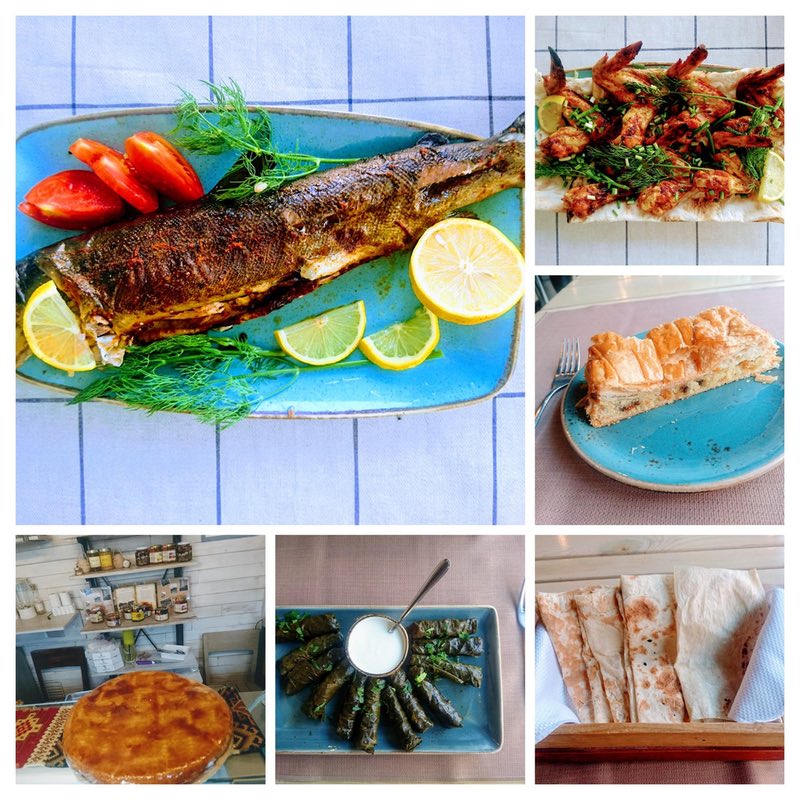
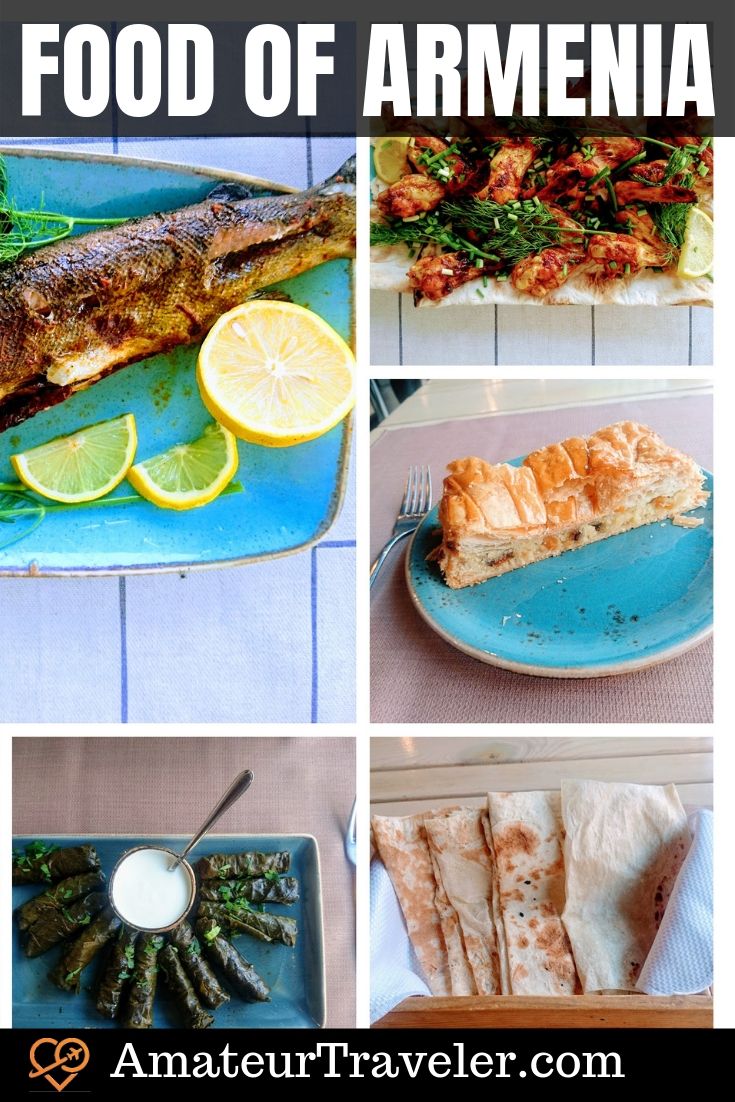
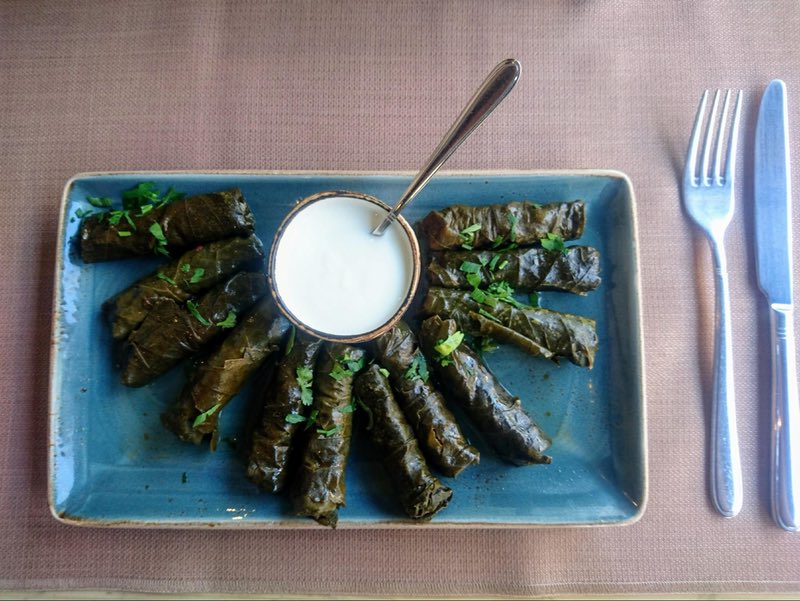

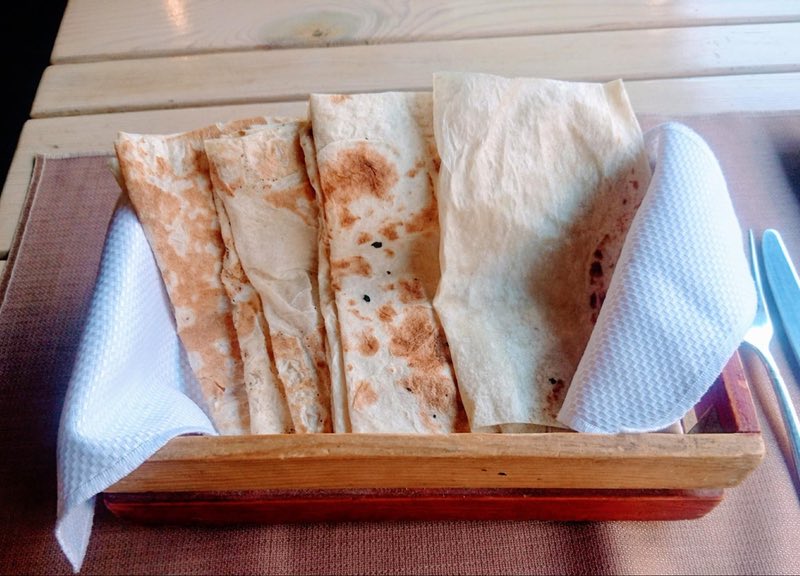

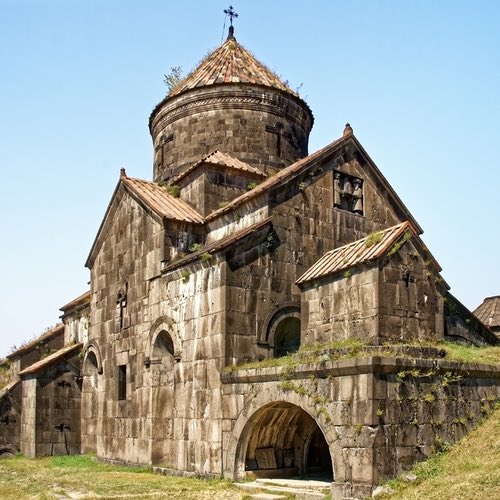 Visiting Historic Armenia
Visiting Historic Armenia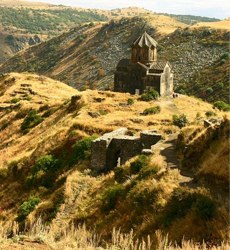 Travel to Armenia – Episode 169
Travel to Armenia – Episode 169 Armenia Road Trip – Episode 854
Armenia Road Trip – Episode 854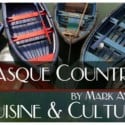 App Review: Basque Country Cuisine & Culture
App Review: Basque Country Cuisine & Culture

Stella
Says:September 5th, 2019 at 4:29 am
I would love to taste zhengyalov hats,seems like a very interesting dish.
Hasmik
Says:September 6th, 2019 at 1:38 am
Hey Stella, great choice! Zhengyalov hats is just as nutritious as it’s tasty.